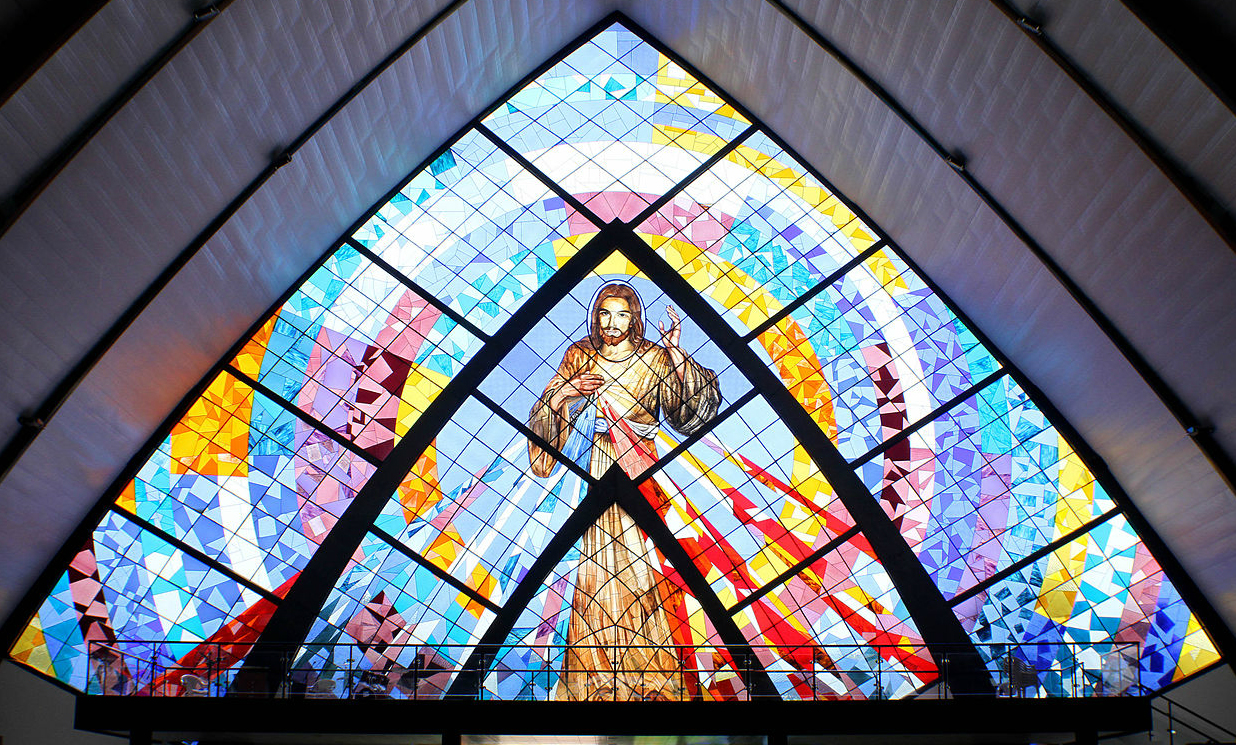In their recent Fall meeting, the U.S. Bishops brought renewed attention to a wound many individuals and families are facing: pornography. In their letter, Create in Me a Clean Heart, the bishops call for greater pastoral care regarding this issue, on a local and national level.
A number of American ministries welcomed this letter with great enthusiasm, recognizing that it reaffirms their growing outreach to protect children, to promote awareness of the damage caused by pornography use and to help men and women on the road to healing.
Statistics tell us that by the time they graduate high school, 90% of boys and 60% of girls have viewed pornographic material. And, the vast majority of them are keeping their online activity a secret. In an increasingly digital world, the age kids are exposed to pornography—whether that be by accident on the family computer, being shown by a friend on the school bus or coming across an older sibling’s illicit internet access—is getting younger and younger. Protecting children from the assault of graphic images and videos is the first step to fighting this scourge.
Sam Black, Internet Safety Consultant at Covenant Eyes, an accountability and filtering company, explains why the most practical step parents can take to protect their children is to build accountability and trust with the installation of accountability software on all of the family’s devices. “Internet Accountability makes it easy for parents to keep up with their kids online and have ongoing conversations with them about what kids see and do on their phones, tablets, and computers. This intentional engagement allows parents to serve as a coach in an online world that is often viewed as secret,” Black says.
‘Virtual infidelity’
These practical tools, helpful for both children and adults, should be paired with an increasing recognition of why people turn to pornography in the first place. According to international author and speaker Matt Fradd, of The Porn Effect, this realization is essential not only to avoid beginning to fall into a porn addiction, but also to stop using it if they’ve already begun.
Fradd, who has encountered numerous youth, men and women who are seeking healing, states, “Pornography offers us something, right? Pleasure, escape, the feeling of power, excitement, and so forth. But pornography, as is the case with all things evil, promises us something and, in the end, leaves us with less than we came with. Instead of excitement we eventually end up bored (which is why the addict must continually seek out more perverse content), instead of intimacy we find isolation, instead of freedom, addiction; instead of escape, imprisonment; instead of adult entertainment, entertainment that trains us to be juvenile and narcissistic.”
Pornography use often continues well into adulthood and starts to tear apart marriages. Steve Bollman, founder of Paradisus Dei’s The Choice Wine: 7 Steps to a Superabundant Marriage program, points out that pornography is—in a proven scientific sense—“virtual infidelity”. The “mind processes pornography in a way that is very similar to an actual physical sexual encounter,” Bollman explains. The same neurochemicals that are released during sexual intimacy are released while using pornography. But in a way, virtual infidelity is even more damaging because the brain processes the pornographic image not as a person, but as a “desirable object to be possessed.”
So once people have recognized that their pornography use is a problem, how should they seek healing? It is important for loved ones to realize that this process is not always a simple one. Pornography can be as real of an addiction as alcohol and can also be symptomatic of deeper wounds.
Focused on mercy
Theological Advisor of the Integrity Restored Network, Fr. Sean Kilcawley, echoes Covenant Eyes’s recommendation to start with accountability. “Successful people in recovery will work multiple programs of recovery,” he counsels. These paths should include accountability software, but might also include a spiritual director, counselor, or trusted friend as well as a support group like Sexaholics Anonymous.
Speaking directly to those beginning this road to turning away from pornography, Fr. Kilcawley advises, “Considering the spiritual life, remember that if you are starting out in recovery you are also starting out in the spiritual life. Prayer should be focused on the mercy and love that Christ has for you. Learning to pray with scripture and engage the imagination facilitates this encounter with Christ, and it is His mercy for you that transforms hearts. “While we were yet sinners, Christ died for us” (Romans 5:8).
The USCCB’s recent letter has, no doubt, struck a chord in the hearts of many men and women who are seeking to protect their children, trying to turn away from pornography or have a loved one who is addicted. Along with the spiritual support from the Church in America on this issue, the increasing amount of resources available is an important step to transforming our porn-saturated culture.



